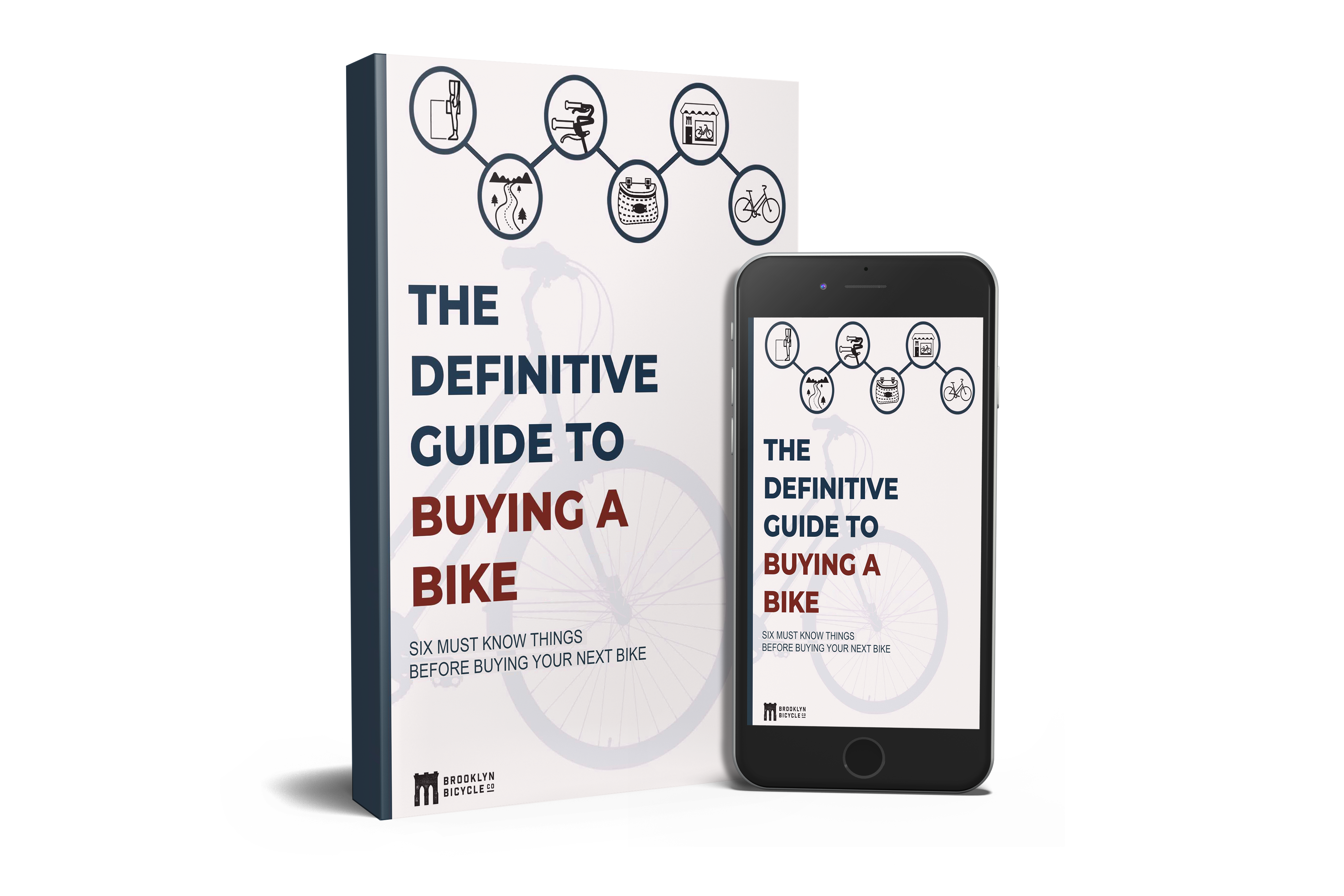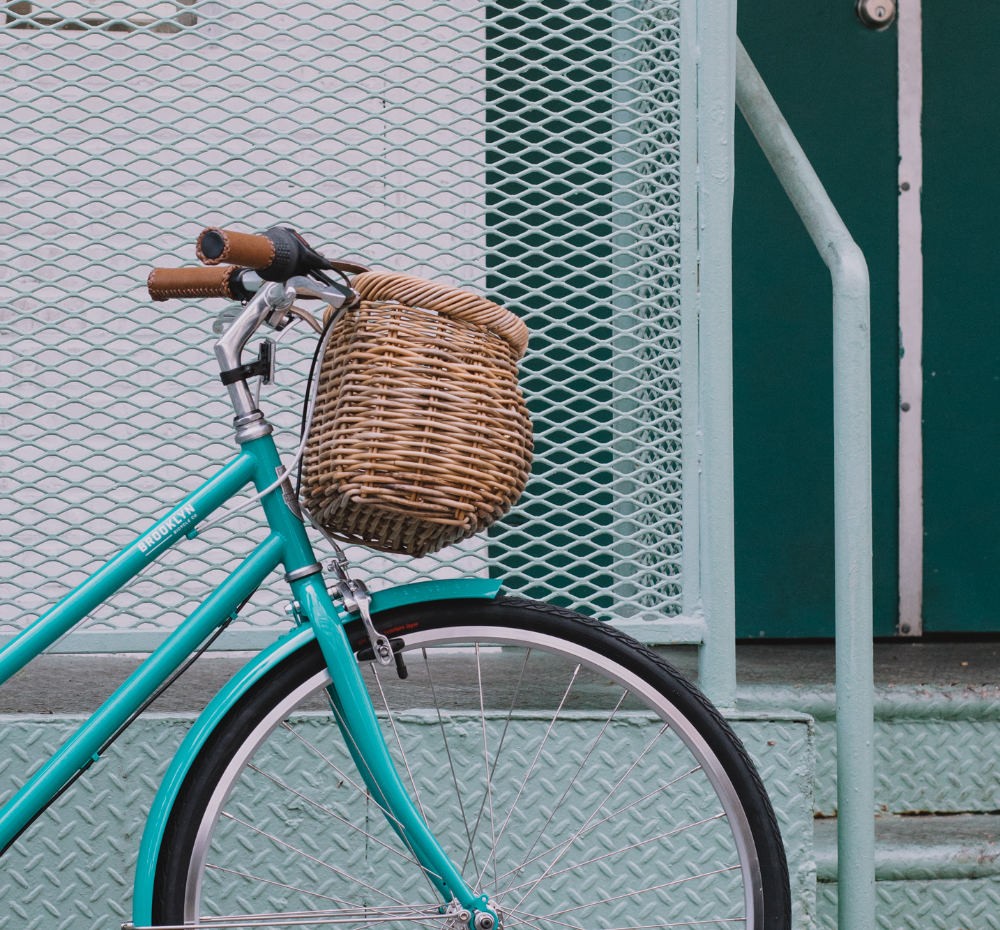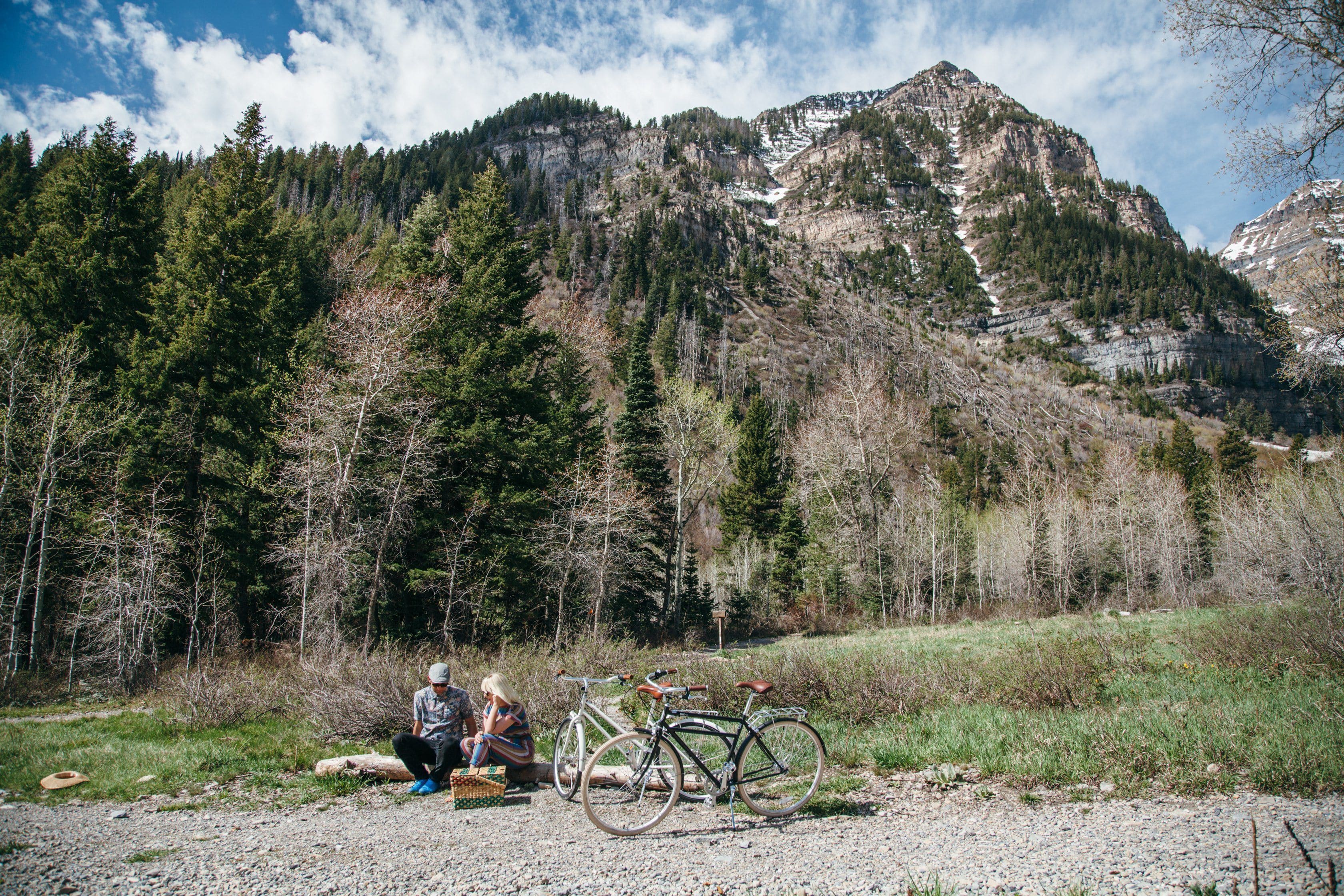Across the United States, more and more people are embracing bikes as a greener way of getting around. Bicycle commuting grew a whopping 62 percent between 2000 and 2013, and 2015 surveys found more than 100 million Americans bike at least once a year. From Bike to Work Days to the rise of bike lanes in urban centers, bikes are now a bona fide trend.
As the demand for bikes has grown, so too has the supply. Head to your nearest big box store, and odds are good you’ll find rows upon rows of bikes.
These bikes are compelling for one big reason: They’re cheap. But unfortunately, they come with some serious hidden costs—especially for anyone who’s looking to reduce their eco-footprint.
Once you understand what happens to cheap bikes after they’re put out with the trash, you’ll know why Brooklyn Bicycle Company is committed to building bikes that last.
The Hidden Environmental Costs of Cheap Bikes
Here’s the problem with cheap bikes: They have a very short road life. They wear out fast, and when they do it doesn’t make financial sense to pay for repairs. Instead, most people put washed-up bikes out with the trash.
What happens next depends on the municipality. “Each community in each state has its own rules and regulations on trash and recycling,” says Shawn Bruckman, the sustainability Coordinator at Vail Honeywagon Waste Services in Edwards, CO.
For the majority of communities, if a bike is put out with the trash, it’s destined for a landfill.
“In our community, if something goes in the trash, it goes to the landfill,” says Bruckman. “It will not be looked at again. No one goes through it to pick out anything that’s salvageable. A lot of expensive, nice stuff goes to the landfill. That’s probably [true for] a lot of communities.”
Why does it matter if a bike ends up in a landfill? Because landfills are major contributors to a number of environmental issues:
- They eat up otherwise valuable land, thereby reducing wildlife habitat and damaging ecosystems
- They massively contribute to air, land, and water pollution
- They produce high volumes of greenhouse gases that exacerbate climate change
Anything that ends up in a landfill contributes to these problems, but bikes are especially problematic because of their tires. “There are a lot of toxins in tires,” says Bruckman. “When they get put in a landfill, it’s more potential for those toxins to leak out into our air.”
In fact, discarded tires are so toxic that landfills are required to house them in a separate area, says Bruckman. This explains why many landfills charge extra for tires handling—which is why some people avoid the trash altogether by discarding their bikes in even more environmentally unfriendly ways. (For example, in Amsterdam, more than 15,000 bikes are fished out the city’s canals each year.)
There is one possible exception to the “If it goes into the trash, it goes into a landfill” rule. A small but growing number of communities now have Bulk Material Recovery Facilities where trashed items are screened for anything recyclable. If you live in such a community, it’s possible a trashed bike’s frame would be flagged for metals recycling.
“Everywhere else, people need to make a conscious effort to seek out appropriate recycle outlets for materials they would like to discard [in a more eco-friendly way],” says Bruckman.
Alternatives to the Landfill
Efforts to avoid the landfill could take several forms.
Bike owners could reach out to their trash hauler or municipality to learn what options are available for discarding a bike in the most environmentally friendly way possible. Many communities now offer bicycle reuse centers or repair cafes where people can donate unwanted bikes or learn to repair their bike so they can continue using it, says Terry Laibach, Supervisor of Waste Reduction and Recycling Outreach at the State Department of Environmental Conservation in New York’s Hudson Valley. Other donation options include community thrift stores and church rummage sales. “If a bike’s in good condition, there are ways to get it to people who could use it,” says Laibach.
The emphasis here rests on the words “good condition”. When cheap bikes are in bad shape, there aren’t many options for what happens next.
“There are so many crappy bikes out there,” says Josh Thompson, Owner of Trinity Recycling in Gypsum, CO. “The [thrift shop] can’t sell them all. Or maybe they’re not worth selling.”
In that case, people might take their bike to a metals recycling facility like Trinity. There, the bikes are bundled with other metal items, bailed into 1,000-pound cubes, and sent to a shredder where metal parts get separated out from non-metal gear such as seat foam, reflectors, and so on. The metal is sent to the steel mill to be repurposed as railroad iron, rebar, I-beams, and so on. The non-metal items will head to the landfill.
Bottom line? Once a bike has reached the end of its usable life, either parts or the whole of it will almost certainly end up in a landfill, where they’ll remain for tens if not hundreds of years.
“We’re under this assumption that it just goes away,” says Bruckman. “But there is no ‘away’.”
The Best Antidote to Cheap, Environmentally Damaging Bikes
It’s painfully ironic to realize that the cheap bikes people buy in pursuit of a greener lifestyle may actually exacerbate environmental issues such as climate change.
So what’s the best antidote to the landfill problem? Avoid sending a bike there for as long as possible. That means investing in quality bikes that are designed to last, not give out after a few months or years of use.
At Brooklyn Bicycle Company, we design our bikes to withstand city streets for decades. Twenty or 30 years from now, we want our bikes to be the “vintage” rides gracing urban communities. We build bikes that stand the test of time because it’s the right thing to do—both for the long-term health and vitality of our communities and the environment on which we all rely.


We build bikes for vivid lives—for taking adventures, reconnecting with old friends, discovering new neighborhoods and exploring hidden gems. Inspired by the streets of Brooklyn, our bikes are built for style, comfort, and durability. Made with top quality parts, crafted with care, and sold at an affordable price, your bike is yours for life. We scrutinize every component for maximum sustainability and performance, and every millimeter of the frame for ultimate comfort and style. We take pride in our process, in our products, and in the people who sell them.



